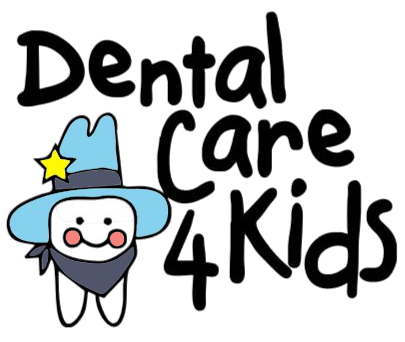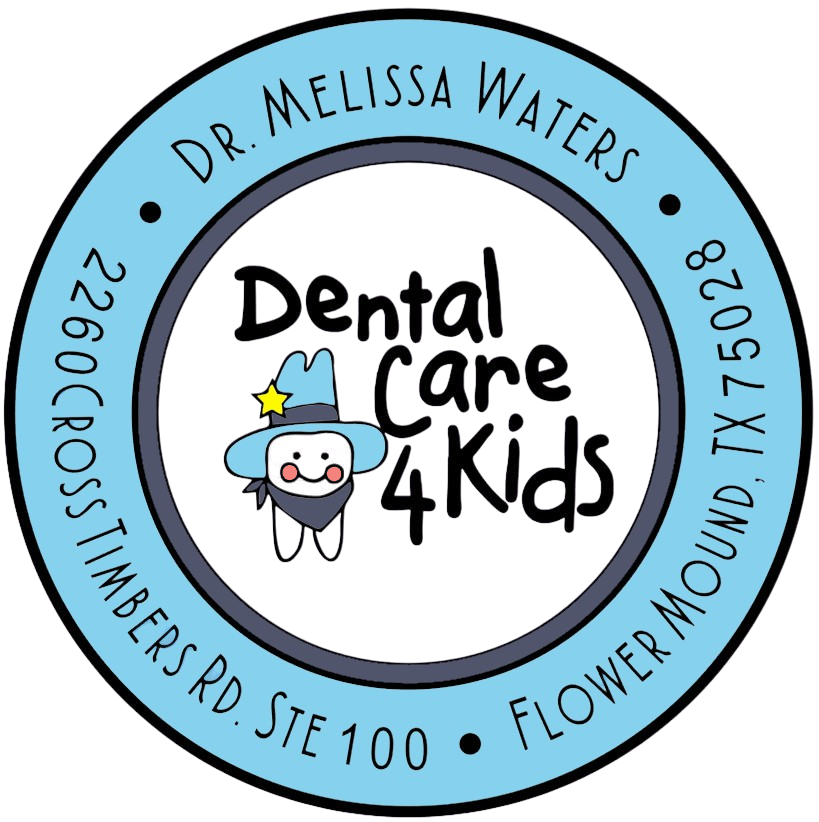Information:
Did you know that almost 50% of children will experience dental decay while they have their primary teeth? This means that most children, at one time or another, will require a filling or other type of restoration. While you may do everything to prevent decay, sometimes biology has other plans!
Our team is highly skilled in the treatment of decay and restoring damaged teeth. We put your child’s comfort first and work in small increments of time so that their experience is a positive one and they never feel overwhelmed.
Fillings for Kids
Many parents are worried about their child having a filling. We want to reassure you that we will do everything possible to keep your little one completely comfortable. We use anesthetic to numb the tooth, “putting it to sleep” temporarily. We also use a pre-numbing topical anesthetic to make injections painless. Superficial decay that is caught early may not even require anesthetic!
During treatment, we will work efficiently and speak to your child in a way that calms them, so that they feel confident during their procedure. We never want them to feel alarmed or frightened during treatment. To keep them entertained and hold their attention, each of our treatment chairs has a television so that they can watch their favorite show or movie.
Silver Diamine Fluoride (SDF)
Silver Diamine Fluoride (SDF) is an antibiotic liquid. We use SDF on cavities to help stop tooth decay. We also use it to treat tooth sensitivity. SDF application every 6-12 months is usually necessary to continue to halt progression of cavities. This is often used when a young pre-cooperative child has cavities, and definitive treatment by placing fillings/crowns would require the use of advanced behavior management techniques (oral/IV sedation/hospital dentistry). It is not suitable for large cavities approaching the dental nerve chamber. The main risk associated with the use of SDF is esthetic, as it stains the area of the decay a dark color. Stained tooth structure can be replaced by a filling or crown in the future once behavior allows. In order for SDF to be successful, the oral hygiene habits or dietary choices that caused the decay must change immediately.
Crowns
If your child has experienced severe dental damage or decay, our pediatric dentist may recommend to restore the tooth with longer lasting option, like a dental crown. For children that have had a pulpotomy (nerve treatment for baby teeth when decay is extensive), we will likely recommend that he or she get a dental crown to restore the tooth to its full health, function and aesthetic.
At our office, we have two options to choose from. A stainless-steel crown is the ideal standard of care, and has a long-standing record of success when used to treat a severely decayed primary tooth. If aesthetics is of great concern, we do offer white crowns that are made of zirconia and are a more natural looking option.
Pulpotomy (Nerve Treatment)
A pulpotomy is a partial nerve treatment done on a primary, also known as baby, tooth when decay or bacteria has infected the nerve of your child’s tooth. A pulpotomy is done to remove the decay and prevent further bacteria from infecting the entire nerve of the tooth.
Baby teeth respond well to the removal of a diseased part of the dental pulp (nerve) while leaving the healthy portion intact. The cavity is removed from the tooth in addition to the portion of the pulp that has been infected by the bacteria of the cavity. A disinfectant is placed on top of the remaining pulp, the tooth is sealed and a crown is placed over the tooth. This allows the tooth to stay vital (alive) in the mouth.
Extractions
Extractions are done only as a last resort. If a primary molar is removed prematurely, your dentist will determine if a space maintainer will be required. Some extractions are needed for orthodontic reasons to help facilitate tooth alignment.
Space Maintainers
Why do children lose their baby teeth?
A baby tooth usually stays in until a permanent tooth underneath pushes it out and takes its place. Unfortunately, some children lose a baby tooth too soon. A tooth might be knocked out accidentally or removed because of dental disease. When a tooth is lost too early, Dr. Waters may recommend a space maintainer to prevent future space loss and dental problems.
What are space maintainers?
Space maintainers hold open the empty space left by a lost tooth. They steady the remaining teeth, preventing movement until the permanent tooth takes its natural position in the jaw. It’s more affordable – and easier on your child – to keep teeth in normal positions with a space maintainer than to move them back in place with orthodontic treatment.


